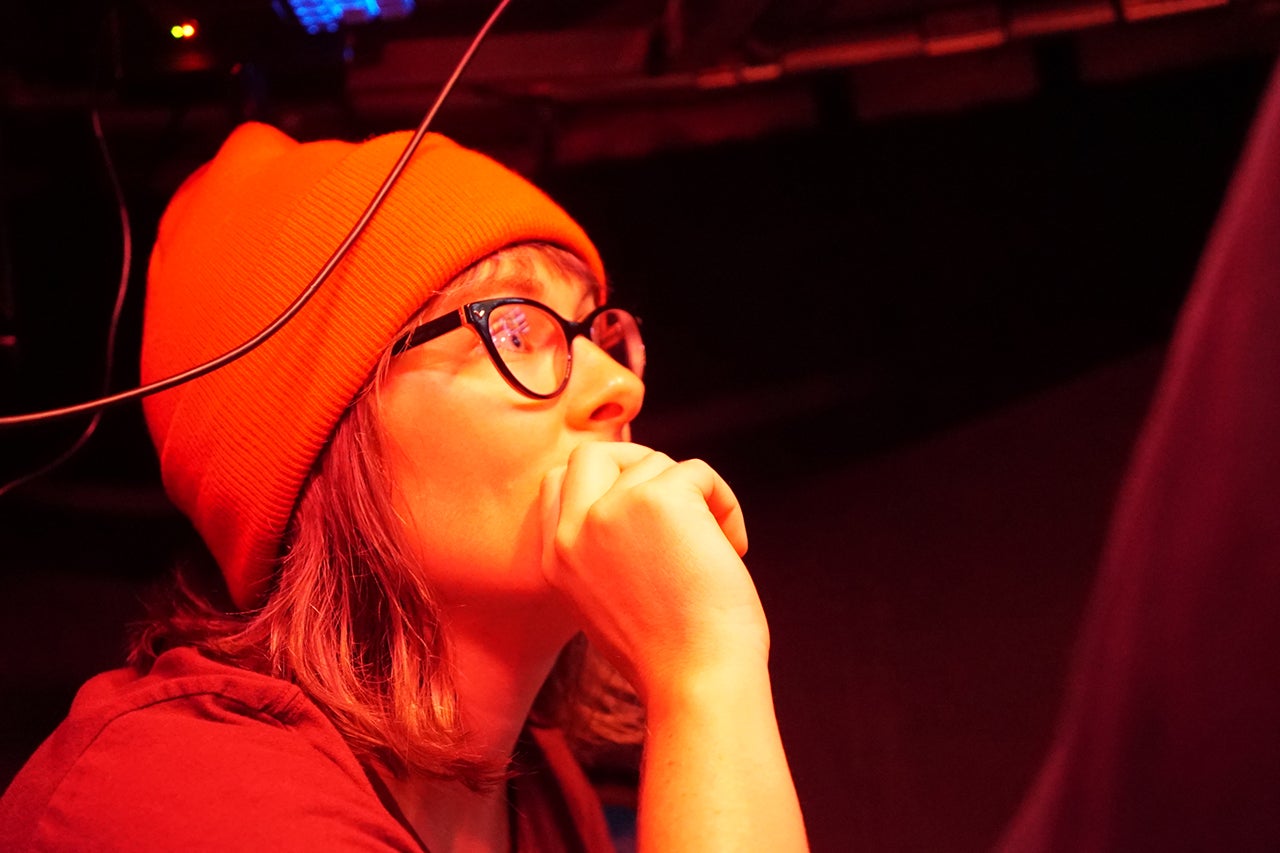Sometimes you have to take a deep dive into your research. Just ask biologist Heather Fullerton.
For years, she has researched the sea life that surrounds hydrothermal vents, which pop up on the ocean floor where seawater meets magma. Chimney-like structures form on the seafloor at these hydrothermal vents and spew extremely hot mineral-laden fluid at 700 degrees Fahrenheit into the cold ocean water. These vents provide a unique ecosystem for crabs, tube worms, fish and other organism, but because of the remote location of these vents, it is very hard to study.
That’s where Alvin comes in.
Alvin is the Human Occupied Vehicle (HOV) submarine that can dive to depths of nearly 15,000 feet. Best of all, Alvin is able to stay underwater for up to 10 hours at a time, which allows two researchers and a pilot to spend quality time on the ocean floor collecting samples, observing sea life and conducting research. This December, Fullerton, along with a select group of fellow scientists, will take Alvin down to conduct various research projects off the coast of Mexico.
Fullerton, an assistant professor of biology at the College of Charleston, will spend her time collecting microbes that grow near hydrothermal vents and serve as the foundation of the food chain on the ocean floor. Among other things, Fullerton hopes to discover the genetic and evolutionary differences and similarities between the microbes that live in and around different hydrothermal vents.
This will be the second time that Fullerton gets to travel to the bottom of the ocean in the Alvin. One year ago, she and another scientist crawled into the minisubmarine for a one-hour dive into the waters off Mexico. Outfitted with high definition cameras, advanced lighting and two titanium robotic arms, the Alvin allows scientists to observe the seafloor and collect samples of life that live on “microbial mats” in total darkness on the ocean floor.
Fullerton says the trip to the bottom of the ocean is an amazing experience.
“About 15 minutes into the descent, the sunlight no longer penetrates from the surface and we enter total darkness,” she says. “But this darkness is eventually broken by bioluminescence … it’s a beautiful sight.”
She adds, “The one thing that I did not anticipate was how cold it got. There are no heaters in Alvin, so I had to wrap myself in a wool blanket.”
Fullerton says temperatures at the surface of the water were in the 80s, but the longer they stayed on the ocean floor, the colder it got inside the tiny submarine. The ocean temperature cools at 1.5 miles deep in the ocean and the temperature outside the Alvin on the ocean’s floor is about 39 degrees.
“You’re basically sitting in your refrigerator for hours at a time,” says Fullerton.
But darkness and cold temperatures are no match for the anticipation and thrill of reaching the ocean floor and seeing the tall hydrothermal chimneys and giant tube worms. Fullerton says she is excited about the upcoming trip later this year. They will be diving to the same location that she explored exactly one year ago.
“I’ll pick up some sampling equipment I left there last year and it will be interesting to see what’s changed,” she says.
Fullerton will talk about her research and show videos and photos of the ocean floor at the South Carolina Department of Natural Resources (SCDNR) Marine Open House on Saturday, Oct. 19, 2019. The open house event goes from 9 a.m. to 4 p.m. and is free and open to the public. Fullerton will highlight her research from 10 a.m. to 2 p.m. Parking for the open house event will be at James Island Charter High School. For more information visit the SCDNR Marine Open House 2019 Facebook page.
Featured image: Biology professor Heather Fullerton conducts research inside the Alvin submarine in 2018.






